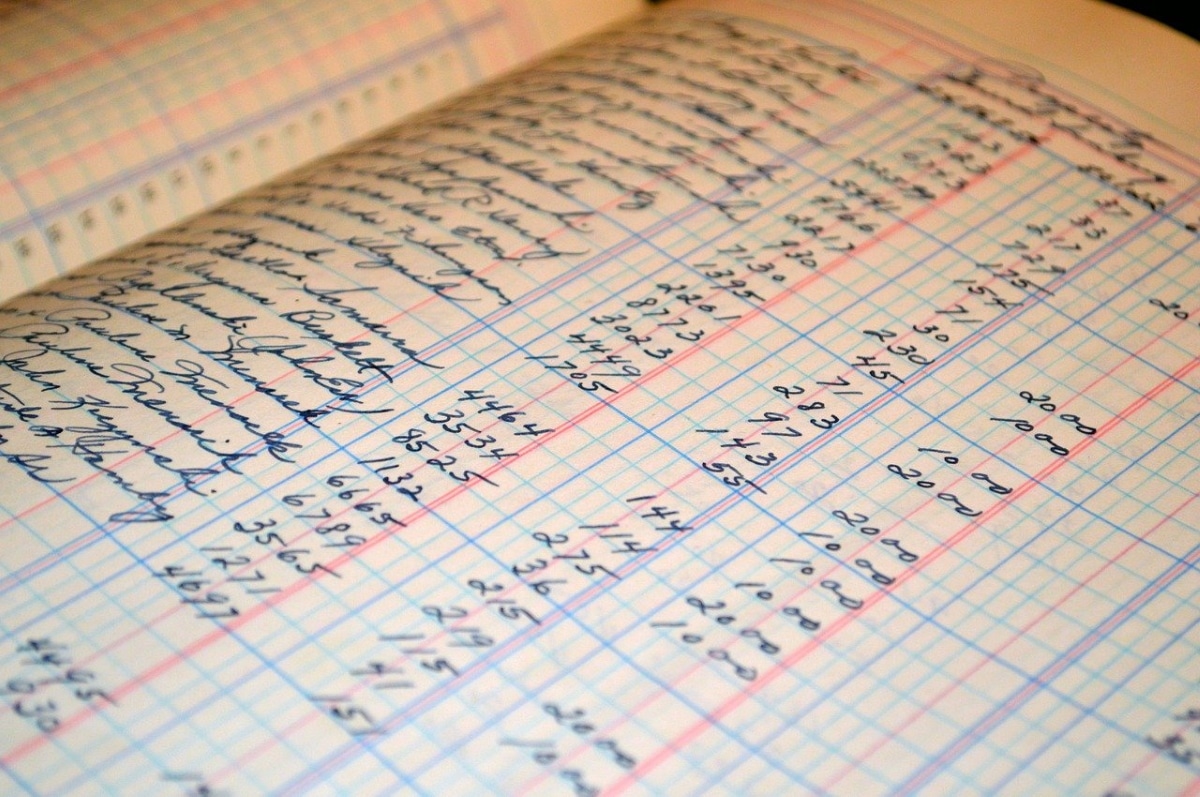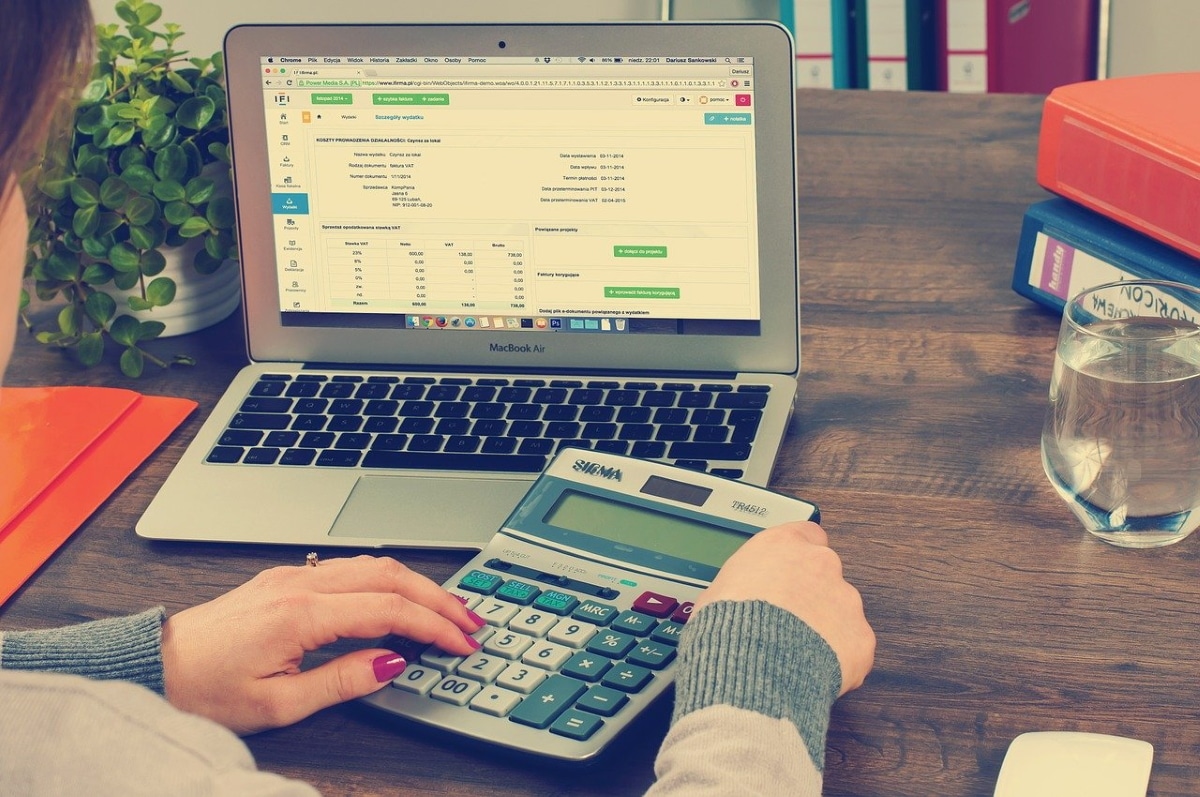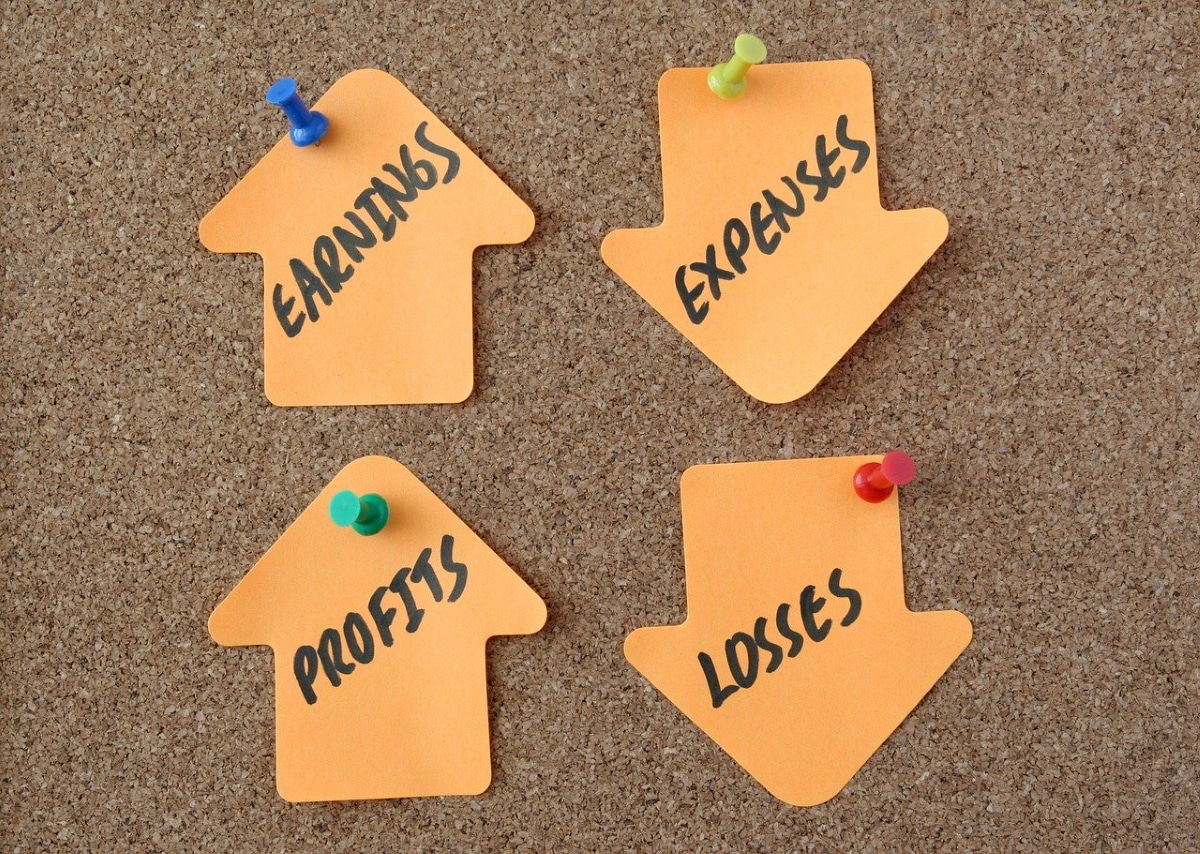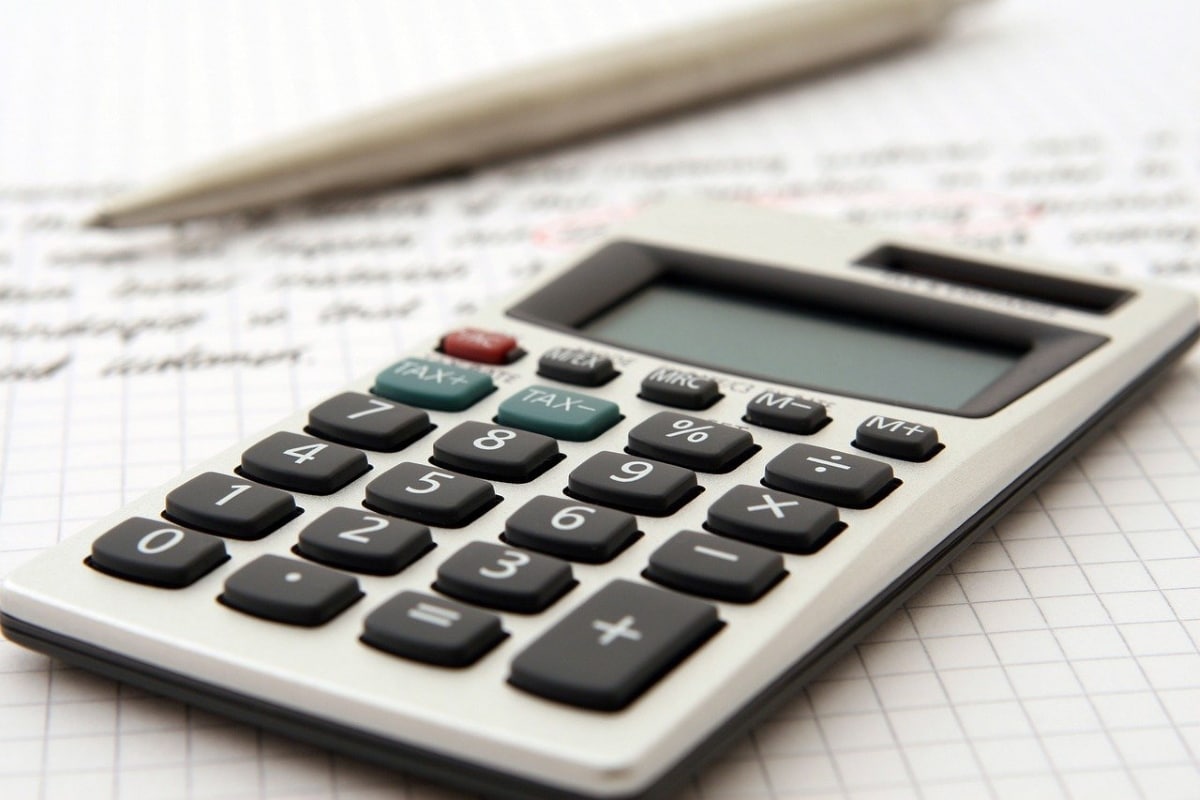
Of all the accounting entries that exist in the ledger the opening seat is the first and most important of all. These are the records that are collected at the beginning of an exercise on the economic and financial situation of a company at that particular time. Without the opening entry it would not be possible to start periods in accounting, in the general ledger or any other economic accounting record of the company.
The opening seat starts the entire accounting cycle of a company whose duration is one year. From it, each of the economic operations that the business will develop during this period are recorded. In most companies, they usually coincide with the calendar year, beginning on January 1 and ending on December 31. In it, each load or assets will be collected, that is, income and expenses. Given this situation, the opening entry cannot contain expenses or income. In a way, the opening entry is the one that starts the ledger because once the entry is made, the movements must be transferred to the book. To understand how to constitute it and start it, continue reading this article that we have dedicated.
Constitution of the first initial seat

The initial entry would be the first opening entry that is done when starting a business, that is, when creating / being born a new business. There are two situations in which an opening entry must be made, and this would be the first case.
In this new first entry, all the contributions made by the partners that constitute it will be reflected. They have all the assets and can be both economic and real estate, land, furniture. All this part It is noted in the "must" section and then in the "have" the share capital, as the articles of incorporation of the company have been made.
All expenses derived from the incorporation of the company, such as taxes, are recorded as equity after the initial opening entry has been constituted. After these entries, all the own expenses derived from the activity, such as invoices, salaries, taxes, as well as income from the sales or services that are offered, may continue to be noted.

After the calendar year and reaching the end of the accounting cycle, the closing entry must be made. The accounts must be entered in it to leave them in a zero balance. In this way, the new opening entry for the next fiscal year can be started, transferring the old values to the new one. Following the same trend, noting the assets in the "debit" accounts and the liabilities in the "credit" accounts.
The opening entry of an already established company
The first accounting entry made for each fiscal year is the opening seat. It comes after the closing entry, which is the last accounting entry made at the end of the year.

The opening entry is made following the same method as in the previous case, but starting from an already created company. The data that may be available may vary from one case to another, but it is usually for three cases. The first is by transferring the values from the closing entry to the opening entry. In the second case with the balance of the previous year or in a third case even when there is no data.
Opening seat example
We are going to make a hypothetical example of the opening entry of a company that we will call «finance 521 SL». After finishing the closing entry for the last fiscal year, we proceed to start the opening entry for the new accounting cycle. In the balance we had at the end of the year we can have, for example, the following items:
- Active: Machinery 3.000 euros. Money 500 euros. Customers 600 euros. Stock 800 euros.
- Passive: Capital 1.000 euros. Reservations of 400 euros. Debts of 800 euros.
All the parts of the assets would be noted first in the "must" section, then under the "assets" the liabilities described above would continue to be noted in descending order (as it would be the continuation).
As mentioned above, the opening entry can be started for the first time if the company has just been incorporated. In this case, they are usually very simple data since there is no initial balance and they are usually cash or banks (due to the contributions made by the different partners). We can also find ourselves in the case of an existing company with an accounting program. In this case, the program itself will be automated and at the close of the previous cycle the opening entry will begin. In the case that someone else keeps this accounting, there is a little more work and it is important to have all the accounts closed and then start the opening entry.
In practice, there will be no general breakdown as "machinery" or "customers", as it was the idea to simplify. Normally there will be a file for each client, as well as a breakdown for the different assets that the company has.